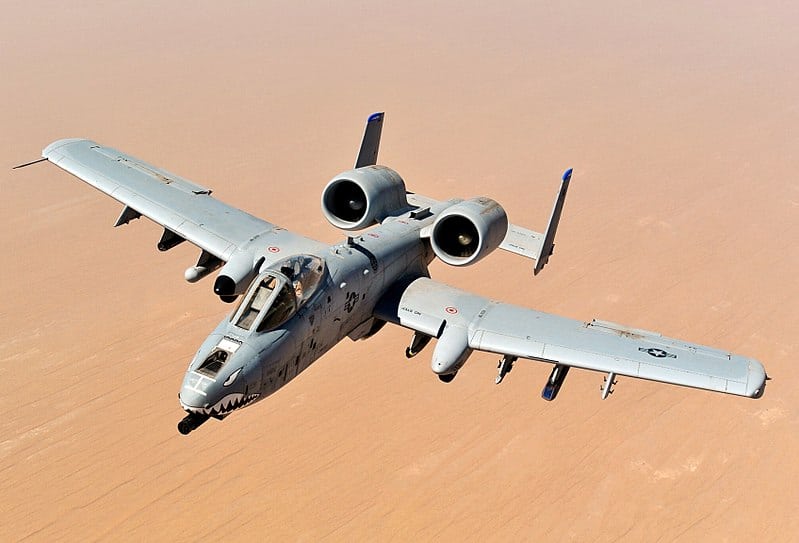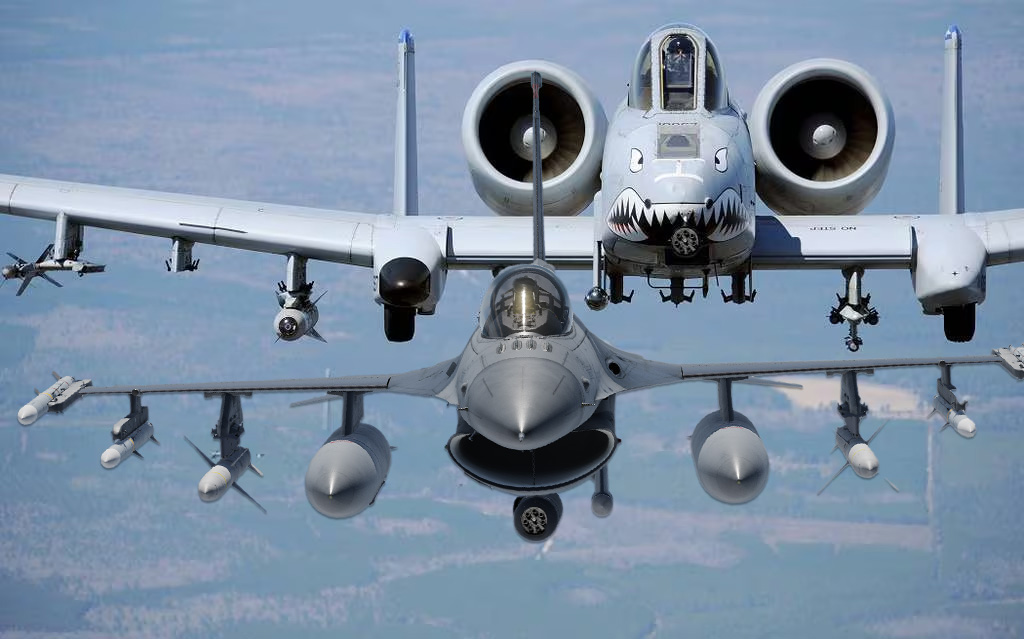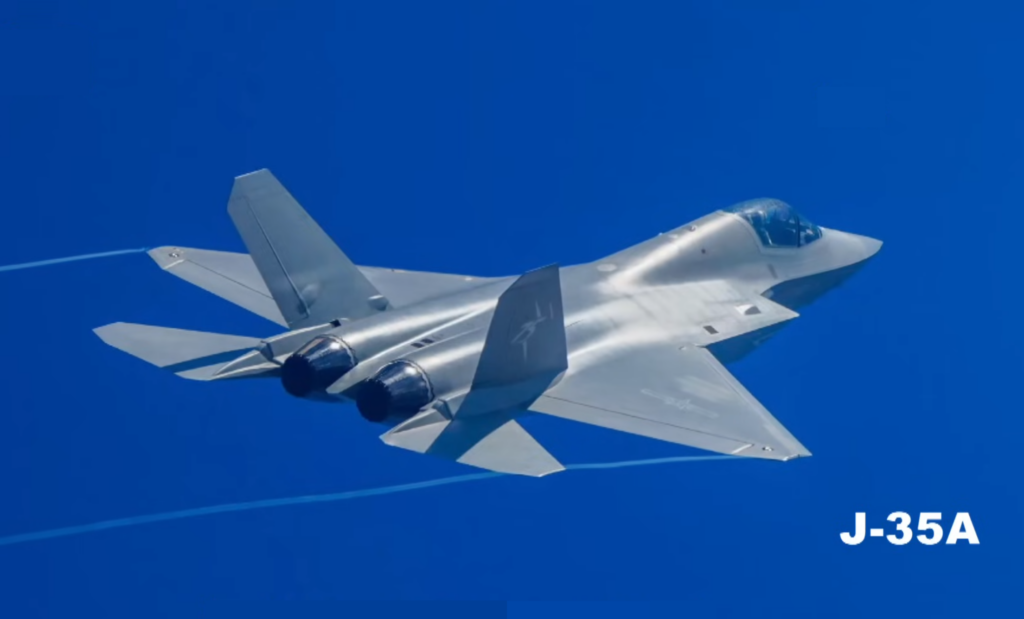Pentagon Pitches 3% Raise for Service Members in 2021 Budget Request
- By Alex Hollings
Share This Article

Although the first of the year often comes with a raise for service members, the Pentagon’s 2021 budget proposal could mark the second straight year that members of the armed forces received a record-setting pay bump.
2020’s 3.1% pay increase was the largest raise service members have seen in a decade, and the proposed budget for 2021 comes just shy of matching that increase with a 3% proposed pay raise. These increases are intended as a means to keep military service competitive with private sector jobs in terms of salary, but the Pentagon’s overview also made a point to indicate that these consecutive raises are meant to demonstrate the Defense Department’s understanding that the people in uniform are the country’s greatest defensive asset.

This raise comes along with a number of cuts to other programs, though these cuts are not intended to offset the raise. Each branch has identified areas that can sustain cuts in order to divert more funding into the next generation of defense platforms and weapon systems. The total budget request for 2021 is $705.4 billion (with a top line of $740 billion), a downturn from 2020’s budget of $712 billion.
Last year’s pay raise equated to around $815 more per year for junior service members, and 2021’s proposed increase would provide a similar pay increase.

The 2021 budget is not official yet, and although lawmakers anticipate some heated debates as they work out the nuts and bolts of the new budget, the pay raise for the troops is expected to receive wide bipartisan support. Some of the cuts,however, will likely lead to some heated debate on the House floor.
Some of those proposed cuts that may prove unpopular include plans to retire over 100 aircraft out of the Air Force’s bomber, airlift, tanker, and drone fleets. That culling would include 17 of the Air Force’s only supersonic heavy-payload bombers, the B-1B Lancer; reducing the operational fleet of “Bone” bombers to just 44. The infantry-man’s favorite close air support (CAS) aircraft, the venerable A-10 Thunderbolt II (affectionately referred to as the Warthog) would also see major cuts, with 44 of the planes heading to the boneyard in 2021 as well.

The B-1B Lancer is already slated for retirement later this decade, in favor of the forthcoming B-21 Raider. The Warthog, on the other hand, is expected to be replaced by the Lockheed Martin F-35 Joint Strike Fighter, but concerns about the fighter’s 20mm gun and the high cost per flight hour leave many worried that the new stealth platform will be a poor replacement for what is effectively a massive rotary cannon with wings in the A-10.
The Air Force will be adding new platforms to its roster as well, including nearly 50 F-35 Joint Strike Fighters and 15 of the new F-15EXs.
Military housing will also see a massive increase in funding, with an additional $54.6 million invested into the various housing programs to add staff and improve quality control.
Feature photo courtesy of the U.S. Navy
Related Posts
Sandboxx News Merch
-

‘Sandboxx News’ Dad Hat
$27.00 Select options This product has multiple variants. The options may be chosen on the product page -

‘AirPower’ Golf Rope Hat
$31.00 Select options This product has multiple variants. The options may be chosen on the product page -

‘Kinetic Diplomacy’ Bumper Sticker (White)
$8.00 Add to cart

Alex Hollings
Alex Hollings is a writer, dad, and Marine veteran.
Related to: Breaking News

How US Special Forces took on Wagner Group mercenaries in an intense 4-hour battle

F-16s carrying the A-10’s 30mm cannon actually saw combat

How does China’s new J-35 stealth fighter compare to America’s F-35?

Why China’s new J-35 jet could mean trouble for America
Sandboxx News
-

‘Sandboxx News’ Trucker Cap
$27.00 Select options This product has multiple variants. The options may be chosen on the product page -

‘AirPower’ Classic Hoodie
$46.00 – $48.00 Select options This product has multiple variants. The options may be chosen on the product page -

‘AirPower’ Golf Rope Hat
$31.00 Select options This product has multiple variants. The options may be chosen on the product page -

‘Sandboxx News’ Dad Hat
$27.00 Select options This product has multiple variants. The options may be chosen on the product page
